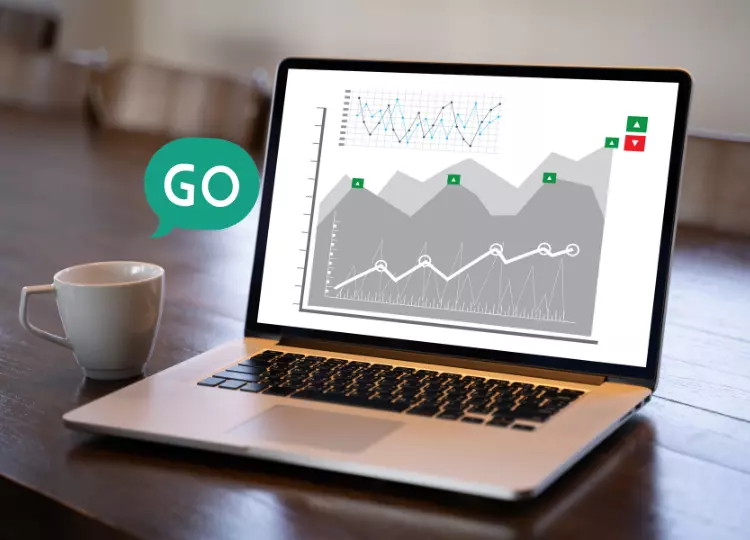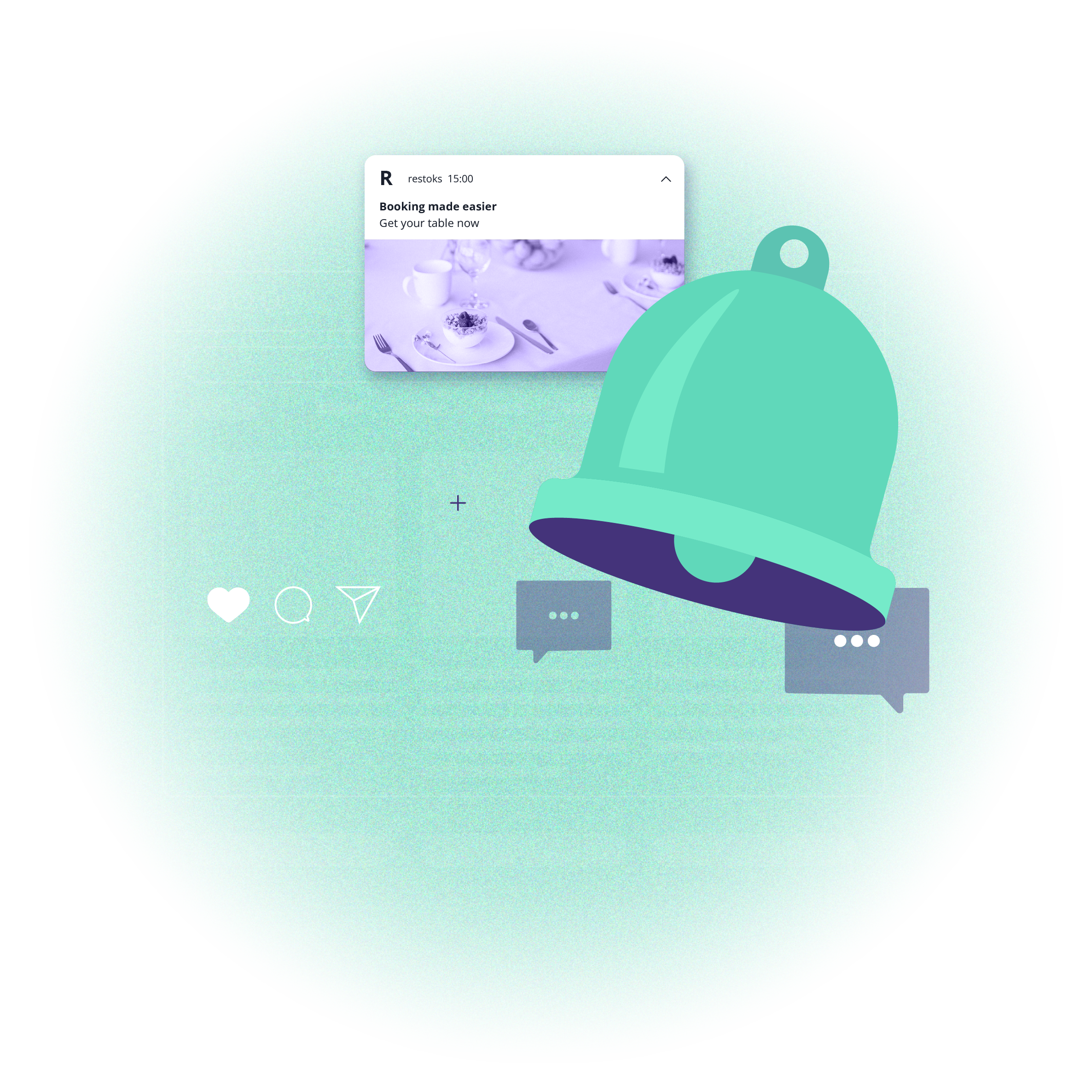How To Increase Sales With Web Push Notifications
 Elliot Mark
Elliot Mark
Much has been made of diminished attention spans in the internet age, with the implication being that you have mere seconds to make a point (or drive an action) if you catch someone’s eye — and given the pace of the online world, it’s easy to understand why. Social media feeds constantly update, apps keep pinging away, and the content mill relentlessly churns out new clickbait. It only takes one shiny new bauble to drag someone away, and they may never return.
What’s to be done about this? Well, there’s a simple suggestion that you’ve likely heard many times before: if you can’t beat them, join them. It’s with that notion in mind that you should add web push notifications to your online platform. And in this piece, we’re going to set out some tips for howyou can make the most of this tactic to increase your sales. Let’s get started.
Clearly explain how your notifications work
Web push notifications are powerful, which is why so many websites are all too eager to abuse them. They can be used to push malware and generally annoy people for various purposes, and it’s become extremely common for low-quality sites to immediately ask for permission to send notifications. This has taught web users to reject those requests as a matter of urgency. You can relate this to the way in which mobile apps often ask for data they shouldn't need, making their users wonder what exactly they’re trying to achieve (and consider deleting them).

Due to this frequent abuse, you need to make a concerted effort to show that your operation is different. Your web notifications aren’t spam, and you don’t want to annoy people with messages that won’t interest them: instead, you want to help them with notifications relevant to their interests as part of a win-win situation. So don’t just ask for permission right away. Lay the groundwork with a sign-up form that makes it clear how your notifications work, how often they’ll appear, and how they can be disabled.
You don’t want people to disable your notifications, of course, but knowing that they’re able to if necessary will make people more willing to keep them around. If your target audience starts to view your notifications as annoyances, the entire operation will become counterproductive.
Make careful use of personalization
Personalizing your notifications can be extremely effective. The more relevant a message is to the target user, the more likely they’ll be to act upon it — but there’s a danger here. If you go overboard in your personalization efforts, they’ll start to push people away. We all know (particularly after the implementation of the GDPR) that our information is being collected and processed for various reasons, but we don’t like to be confronted with it too directly, and we particularly don’t like seeing that information exploited.
In the end, this comes down to the provision of value. Your use of personal data for creating your web push notifications has to benefit the people receiving them — and the more data you use, the more valuable the offer has to be. It’s about maintaining the balance so they see it as fair for you to take advantage of their information.
If you’re browsing the web and a notification pops up from your favorite store with a 20% discount on something you frequently order, you’ll be appreciative. If a notification pops up to address you by name before insisting that you download some new resource that doesn’t interest you, it’ll annoy you. You’ll be reminded that the company doesn’t actually understand you at all, and is merely pretending to know you so it can profit from you.
Remember that this applies to all your personalization efforts, not just those directly concerning your notifications, as it all adds up. It’s undoubtedly a great thing that so many merchants get to rely on convenient extension-rich platforms (Shopify being the biggest example), but having ready access to scores of add-ons can lead people to go overboard with marketing tools. Aim to take a delicate touch. To some extent, less is more.
Roll out tempting limited-time offers
Push notifications are fleeting and easy to overlook if they’re not captivating — so how can you make them grab attention? Well, you need to present things that demand immediate attention, and the obvious route is to deploy limited-time offers. When one of your notifications appears, you want people to drop what they’re doing and focus on the value proposition.

Think about how Amazon uses lightning deals (and events like Prime day) to drive intense urgency. Shoppers will end up ordering things they would otherwise have looked past, all because they don’t want to wait too long and end up missing out. You can even take the approach of providing a slowly-reducing discount. Someone who clicks immediately gets 25% off, while someone who notes the address and orders later might only get 10% off.
Vital to this (and your web push notifications strategy overall) is learning from feedback and analytics. Closely review the results after each creative refresh. Which deals are getting the most attention? Which landing pages are converting most frequently? Make adjustments accordingly. And when you consult your customers directly, ask them how they view your notifications. Are they consistently useful? Occasionally irritating? However you feel about your marketing efforts, it’s the customers’ opinions that really matter in the end.
Used well, web push notifications can be exceptionally effective at driving sales. Follow these tips to ensure that you implement them appropriately. Good luck.

Ecommerce writer
Elliot Mark is an ecommerce writer with several years’ experience working with the biggest online store builders around. Skilled in content and marketing, he loves to share his knowledge with like-minded ecommerce entrepreneurs. Check out his insights on Ecommerce Platforms to learn how to take your online store to the next level.
Try PushPushGo to engage and connect with your audience.
Create an account and start testing!




-luov41vyd0.webp)